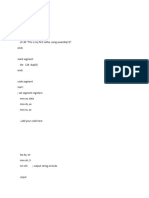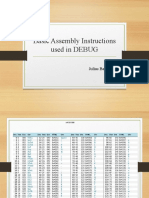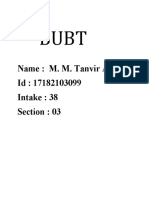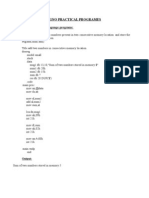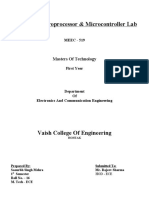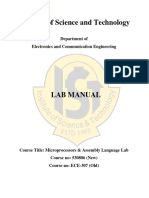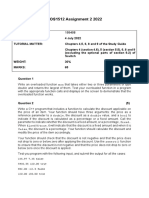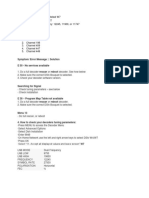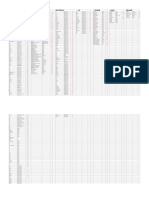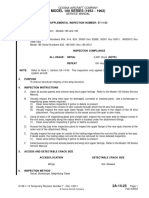0% found this document useful (0 votes)
33 views11 pagesCOS2621 Programs
The document provides a series of assembly language programs demonstrating how to display characters and strings, accept keyboard input, and convert numbers to strings. It includes examples of using procedures for simplifying code, as well as algorithms for finding prime numbers and calculating factorials. Key concepts such as indirect addressing, ASCII conversion, and the importance of string termination are emphasized throughout.
Uploaded by
Mega ByteCopyright
© © All Rights Reserved
We take content rights seriously. If you suspect this is your content, claim it here.
Available Formats
Download as PDF, TXT or read online on Scribd
0% found this document useful (0 votes)
33 views11 pagesCOS2621 Programs
The document provides a series of assembly language programs demonstrating how to display characters and strings, accept keyboard input, and convert numbers to strings. It includes examples of using procedures for simplifying code, as well as algorithms for finding prime numbers and calculating factorials. Key concepts such as indirect addressing, ASCII conversion, and the importance of string termination are emphasized throughout.
Uploaded by
Mega ByteCopyright
© © All Rights Reserved
We take content rights seriously. If you suspect this is your content, claim it here.
Available Formats
Download as PDF, TXT or read online on Scribd
/ 11














